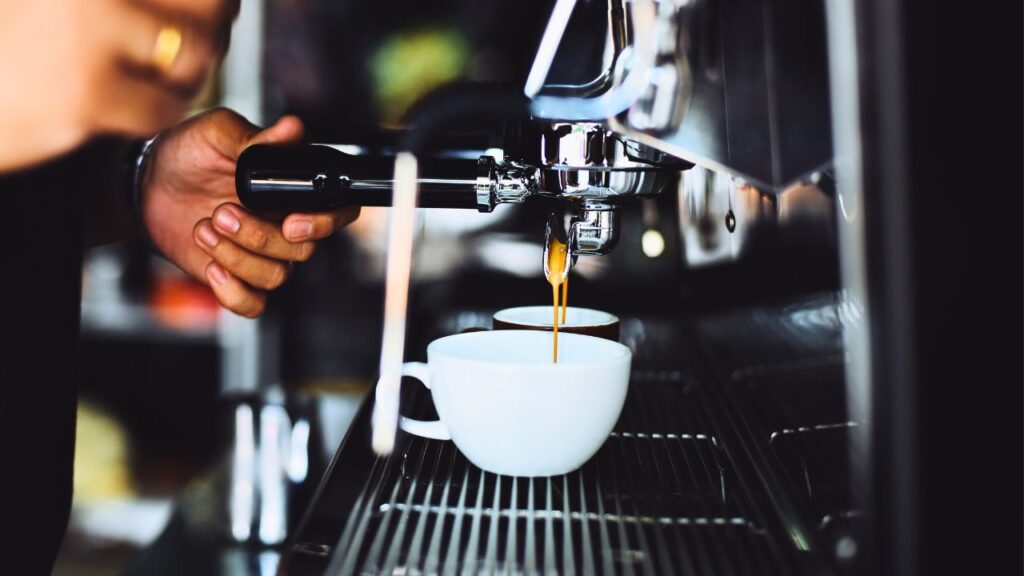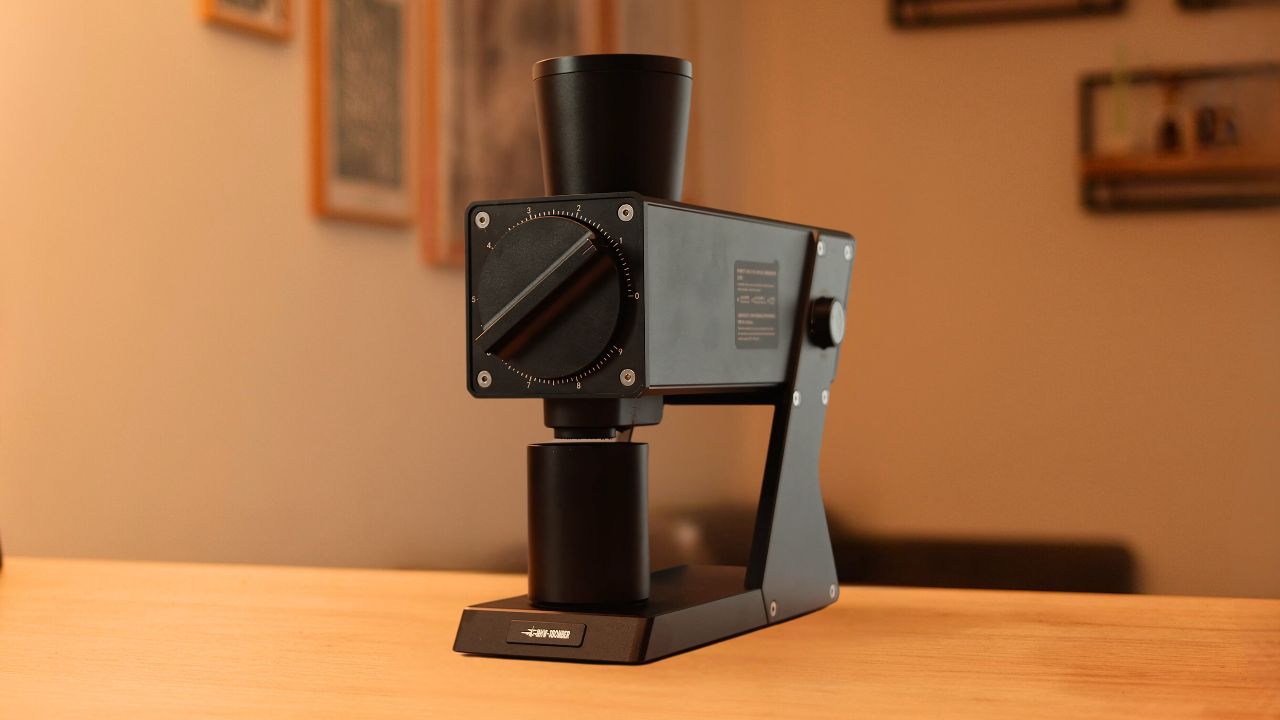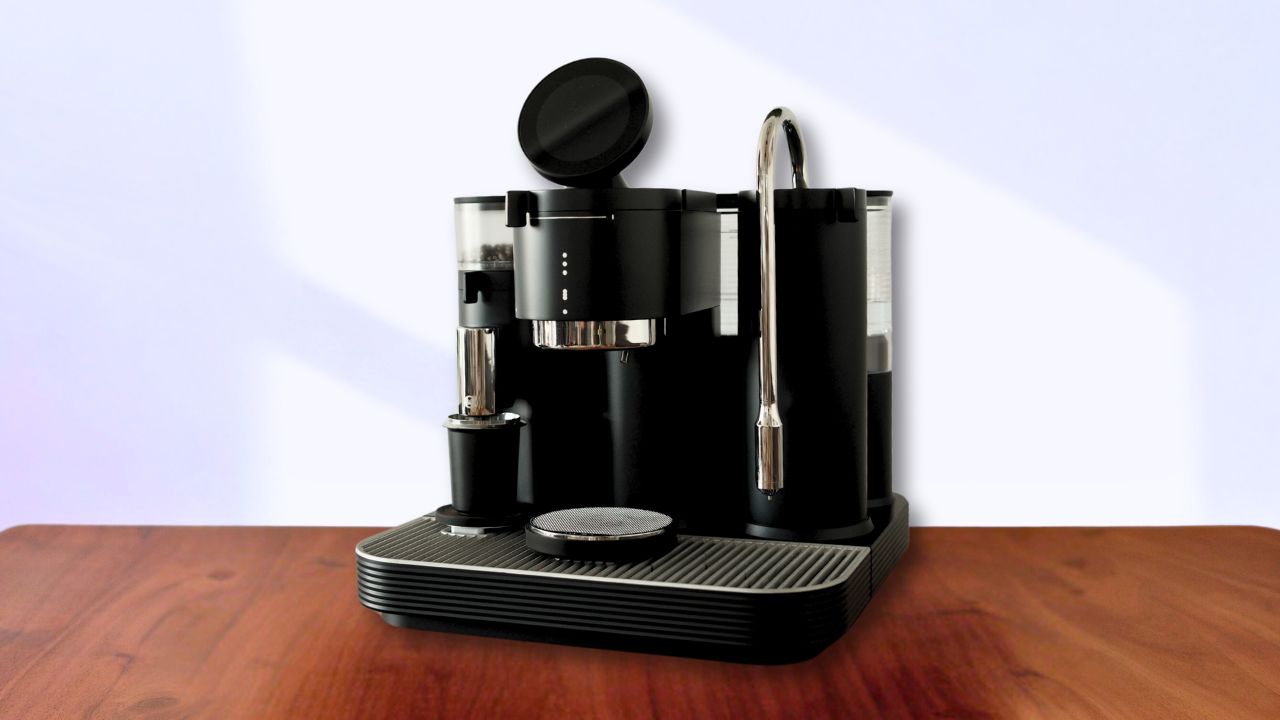
Why Dialing In Matters
Dialing in espresso is where precision meets creativity. It’s the process that transforms a pile of ground beans into something rich, complex, and truly satisfying. Whether you’ve just unboxed your first espresso machine or you’re fine-tuning your daily routine, getting your espresso dialed in is essential for consistency.
If you’ve ever pulled a shot that looked perfect but tasted off—sour, bitter, or flat—you know the struggle. This guide will walk you through the dialing-in process, helping you take control of each variable so that your espresso becomes repeatable and delicious, every time.
What Does “Dialing In” Mean?
In barista terms, “dialing in” means adjusting key variables—grind size, dose, yield, and brew time—to achieve a balanced and flavorful shot. It’s less about hitting arbitrary numbers and more about listening to your espresso: how it flows, how it tastes, and how it feels.
Step-by-Step: How to Dial in Espresso
1. Start with a Recipe
Before making any changes, begin with a simple espresso recipe to establish a baseline. Here’s a common one:
- Dose: 18 grams of ground coffee
- Yield: 36 grams of espresso (in the cup)
- Time: 25–30 seconds
This gives you a solid starting point to observe how your espresso is behaving.
2. Grind Size is the Game-Changer
The grind size is arguably the most sensitive and impactful variable.
- If your espresso is gushing out too quickly, it’s likely under-extracted. Try a finer grind.
- If it’s choking the machine or dripping slowly, it’s over-extracted. Go coarser.
Small adjustments go a long way—change one setting at a time and re-test.
3. Taste Over Time
It’s tempting to rely purely on the stopwatch, but taste is your truest guide. Pay attention to these clues:
- Sour or sharp? Under-extracted → finer grind
- Bitter and dry? Over-extracted → coarser grind
- Flat, hollow, or muddled? Revisit your dose or yield
Espresso is about balance. Don’t chase numbers—chase flavor.
4. Fine-Tune Dose and Yield
Once your grind and timing are close, tweak your dose and yield to dial in mouthfeel and complexity:
- More dose = richer body, more intensity
- Less dose = lighter cup, more acidity
- Higher yield = sweeter, more clarity
- Lower yield = syrupy, more intense
Tweak in small increments (0.5g at a time) and always taste the results.
5. Take Notes & Compare
Document your recipe, grind setting, taste notes, and any changes. This helps you:
- Replicate great shots
- Avoid repeating mistakes
- Understand how different beans behave
Over time, your notebook becomes your espresso playbook.
Troubleshooting Common Issues
Shot too sour?
- Grind finer
- Lower your yield slightly
Shot too bitter?
- Grind coarser
- Raise your yield slightly
Weak or watery?
- Check dose weight
- Confirm tamping pressure
- Grind finer and reassess
Channeling or inconsistent flow?
- Uneven tamp or distribution
- Grinder retention or static buildup
- Try WDT (Weiss Distribution Technique)
Understanding Roast Profiles
Different coffees extract differently depending on how they’re roasted:
- Light roasts: Denser, require finer grind and often longer extraction
- Medium roasts: Balanced and forgiving — ideal for beginners
- Dark roasts: Extract quickly, can taste bitter if overdone — go coarser and reduce time
Roast level affects solubility, so always adjust your grind and recipe accordingly.
Common Mistakes to Avoid
- Changing too many variables at once — You won’t know what made the difference
- Ignoring water quality — Bad water = bad espresso – try to use filtered water
- Overdosing baskets — More isn’t always better; follow the specs of your basket
- Chasing crema over taste — A pretty shot isn’t always a tasty one
Final Thoughts
Dialing in espresso is part science, part intuition. As you gain experience, you’ll start to predict how different beans and conditions will affect your cup—and how to fix it fast.
Don’t get discouraged by a few off shots. Every coffee is different, and every day is a chance to get closer to your perfect espresso. With the tools and techniques in this guide, you’re well on your way.
Now, grab your scale, adjust your grind, and start dialing.




Leave a Reply